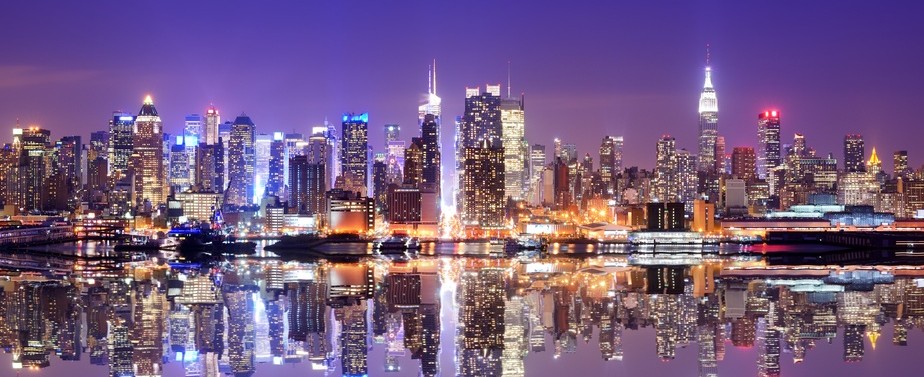New York City took a big leap this week towards becoming environmentally friendly by starting the process of hiring 70 workers to apply reflective paint on the city’s rooftops. The reflective paint can decrease internal temperatures of a building by around 30% and lower air conditioning costs.
Workers can apply anytime between now and July. They will be provided with 300 hours of paid work, including training, OSHA certification, and help with job placement for similar work afterward. The 70 workers will be split into two teams of 35, with the first group beginning in April and the second in July.
Part of the CoolRoofs program the city put in place in 2009, this is just one of the many steps they have taken to become more environmentally conscious. Already, 6.7 million square feet of roof has been painted with this reflective paint. And, while normal roofs require an inspection once or twice a year, you can be sure that these workers will pay close attention to detail and not miss a single spot. And New York City’s awareness of the environment doesn’t stop there.
After Hurricane Sandy tore through NYC in 2012, many architects began looking for ways to further improve the buildings in the city, in the event that anything like this ever happened again. The American Copper building going up along the East River is proof of that. Architects are now investing in saving space for natural gas generators in the event that the power goes out as well as to allow access to drinkable water in buildings during a heavy storm.
However, while constructing new buildings with these ideas in mind are easy, reconstructing old building proves to be more of a challenge. Not only that, but the drastic cuts to the Environmental Protection Agency funds by the Trump administration may make it difficult to implement these changes.
However, people like Alex Wilson, president of the Vermont-based Resilient Design Institute, are holding out hope.
“The private sector is well aware of this, the insurance industry is increasingly aware of this and these industries will continue to drive progress in resilience,” he says.
With any luck, these buildings will be able to get off the ground one day.

06Apr
No comments yet.